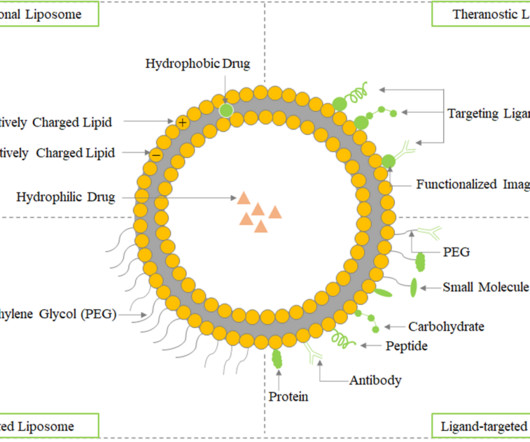Separating the Hype from the Hyperbole Surrounding FDORA’s Alternatives to Animal Testing under the FD&C Act
FDA Law Blog
FEBRUARY 2, 2023
The law defines this term to mean “a test conducted in vitro, in silico, or in chemico, or a nonhuman in vivo test that occurs before or during the clinical trial phase of the investigation of the safety and effectiveness of a drug.” Tobolowsky & Charles G. FDORA § 3209(a)(1). FDORA § 3209(a)(2). 42 U.S.C. § 262(k)(2)(A)(i)(I).












Let's personalize your content